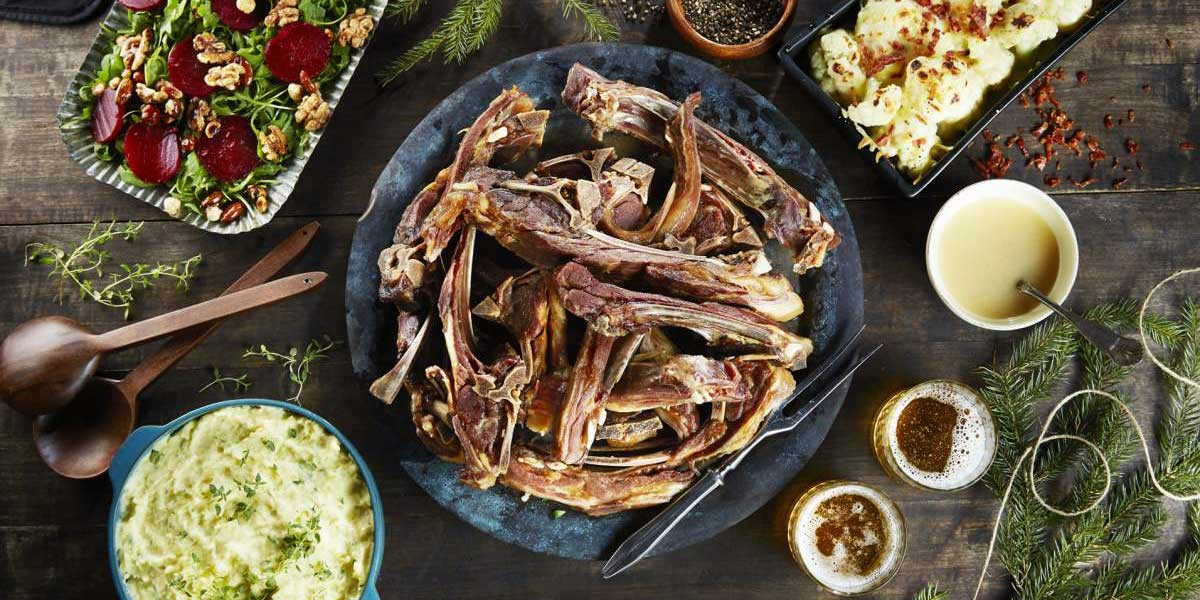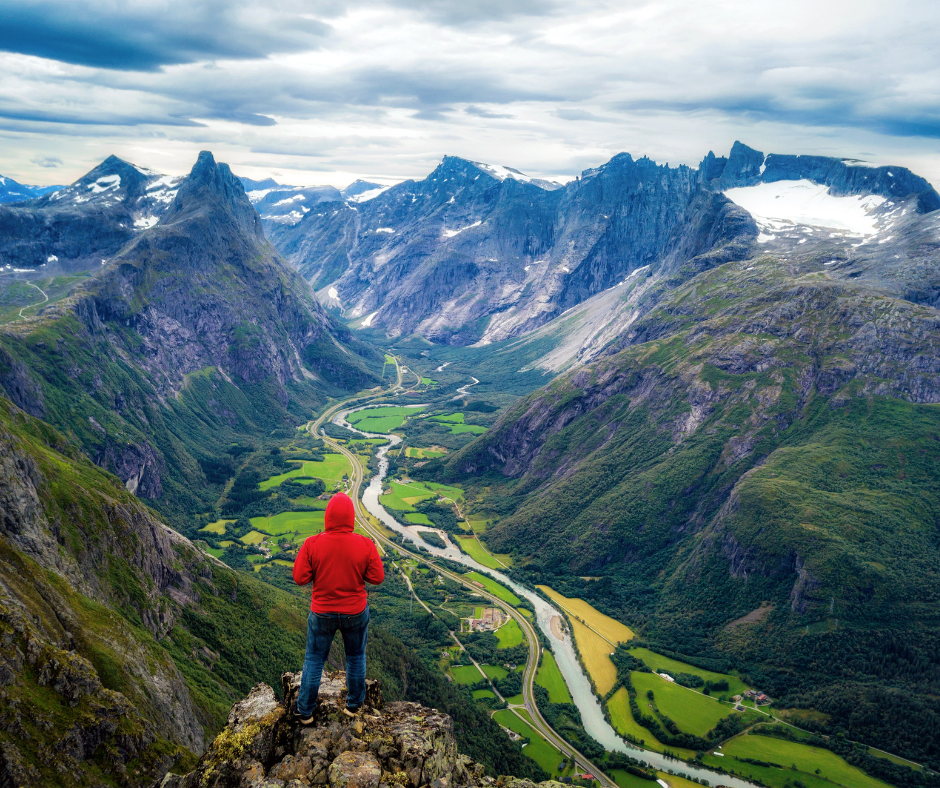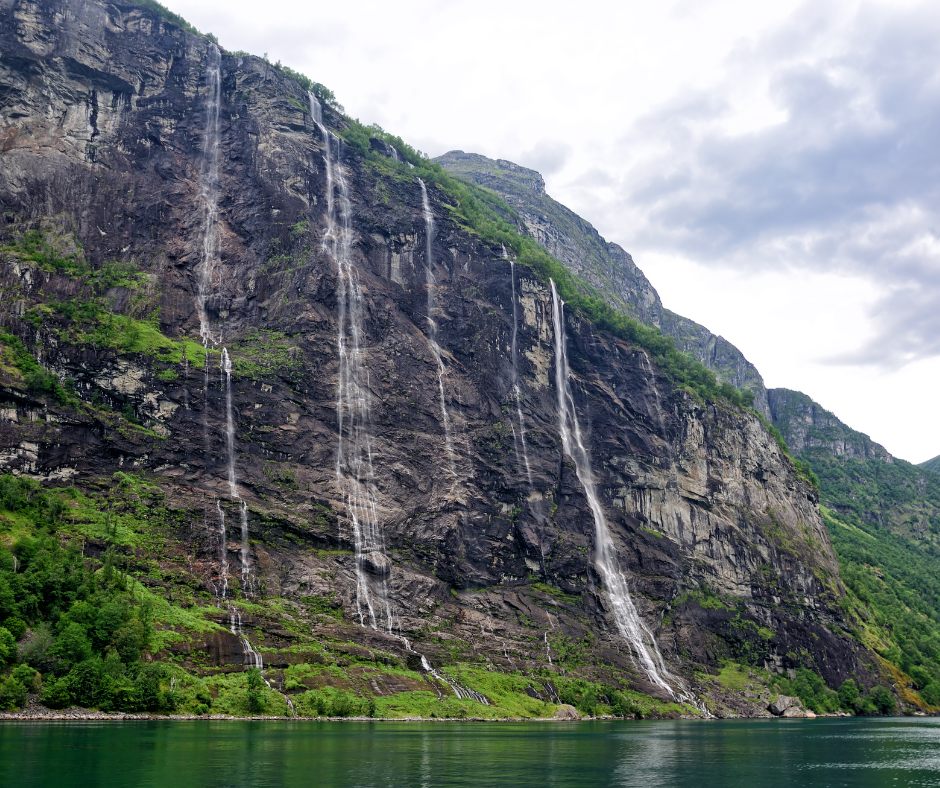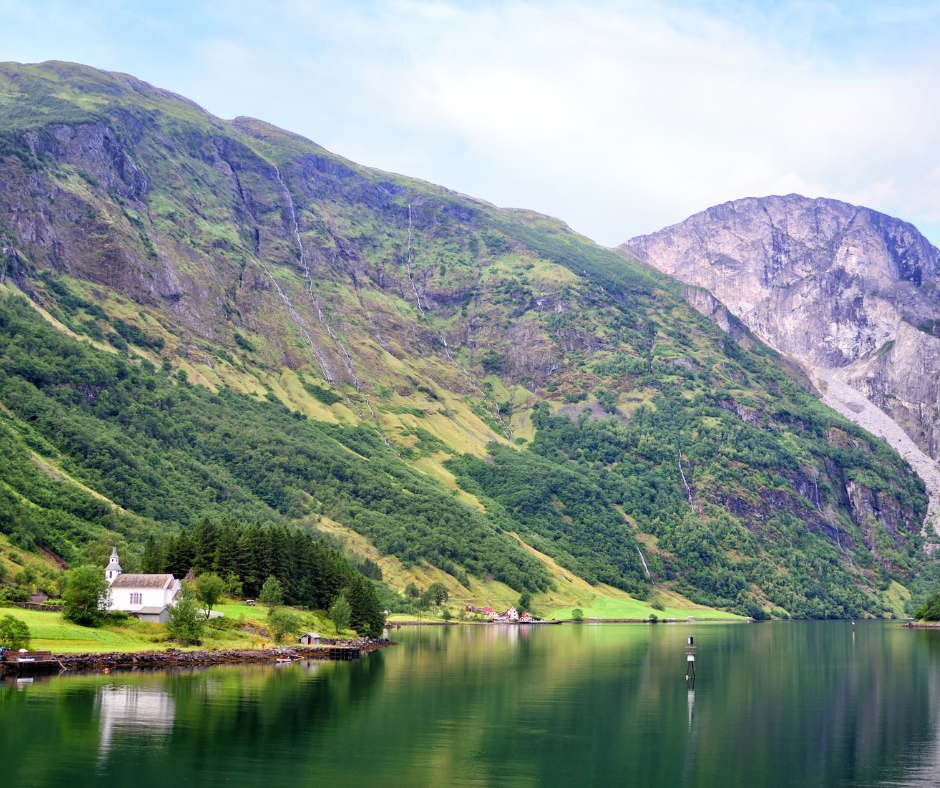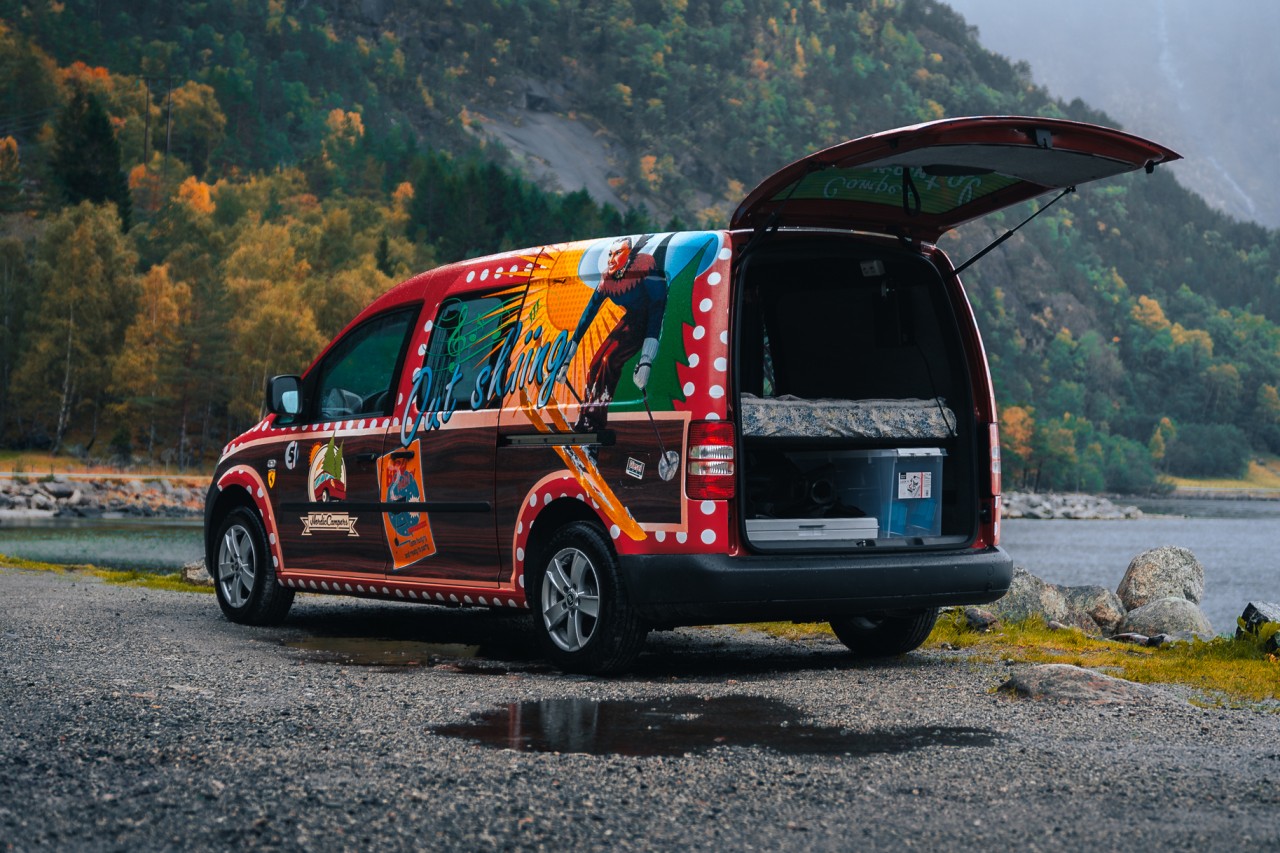The Norwegian cuisine
The hunger for traditional Norwegian food has unusual good preconditions in this wildly varied country with one of the world's longest coastlines. Norway is known for wild nature, lots of space, and deep fjords with cold, clean water. Perhaps unsurprisingly, catching and preparing top-quality fish has always been a big part of Norwegian culture. For ages past, dried cod was the big export – now it is fresh salmon and arctic cod.
You will find many of these fresh ingredients in the everyday Norwegian kitchen, and with so many goodies at our disposal, it's not surprising that the new big trend is to prepare our meals from scratch. In addition, the Norwegian love for coffee has been reinvented by local coffee brewers and baristas with international awards on their walls.
Norwegian lamb: not baaad at all!
Norwegian lamb is especially tender and juicy, due to the fact that most of the animals graze in outlying pastures, with vast expanses of untouched nature, clean running water, and protein-rich vegetation consisting of different herbs.
In addition, the lamb and sheep make an invaluable contribution to the Norwegian cultural landscape when grazing, as they keep the vegetation in check and thereby maintain natural diversity.
An important principle for sustainable meat production is that the whole animal should be exploited after being slaughtered, and a lot of Norwegian lamb and sheep delicacies are made from more peculiar parts of the animal.
The Fenalår from Norway is now a geographically protected name for the slow-cured lamb's leg, based on Norway's long history of hanging mutton legs to dry in mountain air to preserve meat for use during the winter.
Pinnekjøtt, racks of lamb, or mutton cured in brine or sea salt, is popular during Christmas in Fjord Norway.
If you're really lucky (and a bit courageous), you will get to taste a sheep's head. The dish is called "smalahove" in Norwegian, and is considered a delicacy in certain parts of the country.
Game on: four meats you should try
Autumn is hunting season in Norway, and game is often served both in restaurants and Norwegian homes. Here are four Norwegian specialities you should try.
1. MOOSE. Moose meat is a delicacy when prepared correctly, and the taste is often compared to venison or elk.
2. REINDEER. Located in the far north are more than 250,000 reindeer. The indigenous Sami people are especially known for reindeer herding. The meat is lean and delicious.
3. DEER. The deer population has outgrown the moose in Norwegian forests. Deer is often served as steak, but can also be smoked, dried or cured.
4. GROUSE. The grouse is the most sought-after bird for hunters in Norway. The breast of young grouse is tender, with a mild gamey taste. The legs and the rest of the bird have a more intense flavour.
Cheese: let it brie
Norway is known for a select few inventions, and the ostehøvel, meaning cheese slicer, is amongst the most prominent ones. It was invented by Thor Bjørklund in the 1920s, in case you wondered.
The most famous cheese in Norway has traditionally been the brunost, or the brown cheese – caramelised whey cheese, quite similar to fudge. Norwegians normally eat it on high-quality bread, or on Norwegian waffles, preferably found at one of the warm, wooden cabins near popular cross-country ski tracks, or at much-visited mountain peaks. It's not for everyone, however, and many foreigners try it only once.
But the last few years, the most interesting Norwegian cheesemongers have made a much greater variety of products – everything from camembert, blue cheese, chevre and brie to traditional products such as gamalost and pultost. Again, the clean and cold Norwegian surroundings provide the perfect platform for producing goat and cow milk of high quality. Today, you can find more than 150 small-scale cheese makers, spread from the south of Norway to Finnmark in the north. Several of them are run by young and ambitious cheese makers who are eager to experiment with techniques, spices and ripening.
Comments
- View all
- Places to go
- Plan your trip
- Things to do
-
Tuesday April 30
The Best Guide to…
Welcome to the rugged and majestic landscapes of Norway, a paradise for hikers and outdoor…
-
Friday April 12
Discover Norway's Majestic Waterfalls:…
There's something undeniably magical about exploring Norway in a campervan. The freedom to roam, the…
-
Wednesday April 10
Discover Norway's South and…
Welcome to Your Norwegian Road Trip Adventure Imagine landing at Oslo Airport, where your Nordic…
-
Friday March 22
Discover Hidden Gems: A…
Norway, a country of immense natural beauty and enchanting landscapes, beckons travelers to explore its…
-
Thursday March 14
A Guide to Wild…
Welcome to the Ultimate Guide to Wild Camping in Norway in 2024! Norway, with its…

